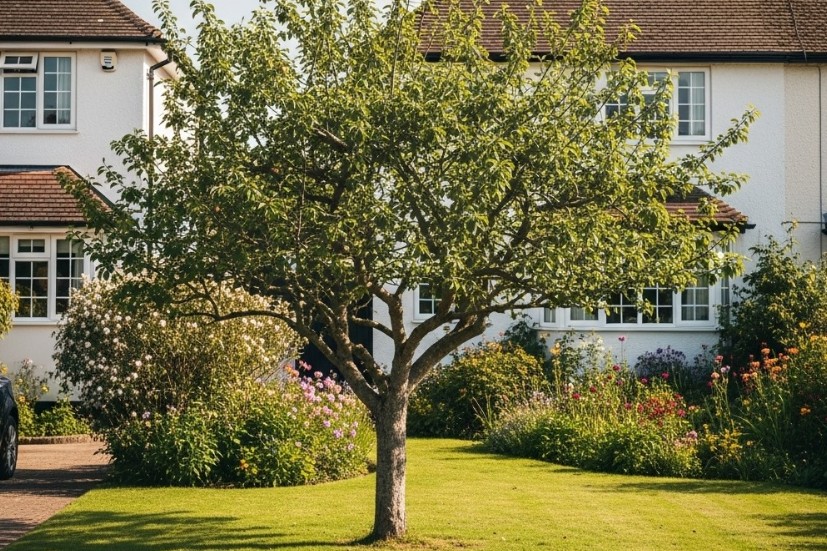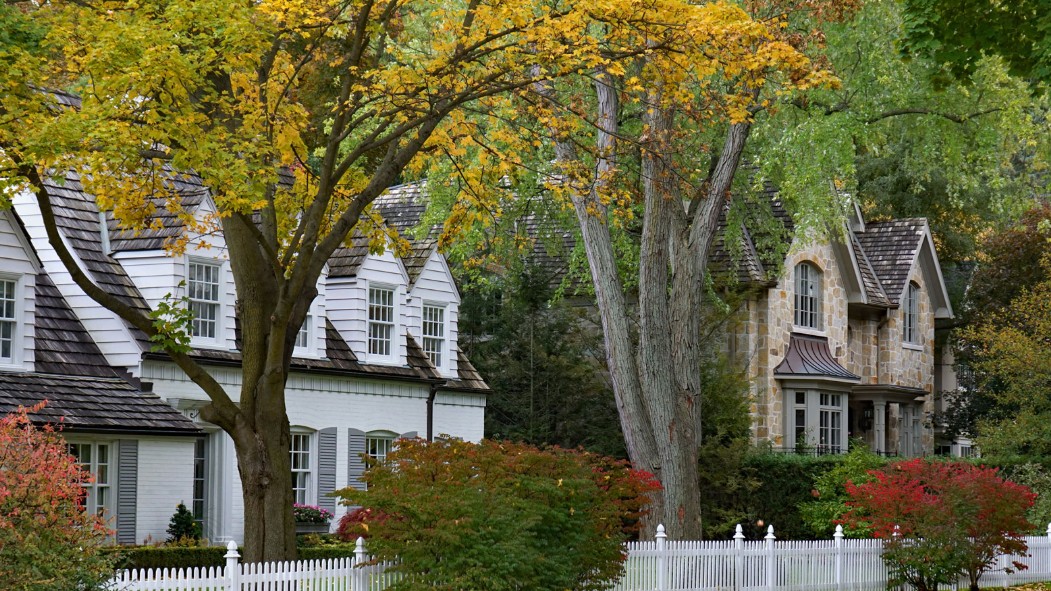Trees are a cherished part of the UK’s landscape, enriching our gardens, streets, and neighbourhoods with beauty, shade, and a vital connection to nature. But when trees grow tall near residential properties, questions and concerns often arise, particularly regarding safety, property damage, and neighbour relations.
If you’re wondering how tall trees can grow near houses in the UK, whether there are legal restrictions, and what your rights and responsibilities are as a homeowner, you’ve come to the right place.
In this comprehensive guide, we break down the often complex issue of tree height near homes, with a focus on UK-specific laws, practical advice for planting and maintenance, and clear steps to take if a tree near your house becomes a problem. Our goal is to empower you with knowledge so you can enjoy your greenery with confidence and peace of mind.
Is There a Legal Maximum Height for Trees Near Houses UK?
Unlike certain building regulations or planning restrictions, the UK does not impose a fixed legal maximum height for trees near residential properties. Trees are living organisms with natural growth limits dictated by their species, soil quality, climate, and available space.
That said, this absence of a statutory height limit does not mean trees near homes are free from oversight or that property owners have no recourse when problems arise. Several key legal and regulatory frameworks govern tree management in residential areas:
Tree Preservation Orders (TPOs) and Conservation Areas

One of the most important protections for trees in the UK is the Tree Preservation Order (TPO). Issued by local councils, TPOs protect trees deemed important due to their environmental, historical, or amenity value. If a tree near your home has a TPO, you cannot prune, cut down, or carry out significant work on it without prior permission from the council.
Similarly, trees located within designated Conservation Areas enjoy automatic protection. You must notify the local authority before undertaking any tree works, allowing them to assess whether the work is appropriate.
Planning Permissions and Development Conditions
New housing developments often come with planning conditions that regulate tree planting and preservation to maintain neighbourhood character and environmental quality. These conditions can influence what trees can be planted and where, but they do not typically impose direct height limits.
Rights and Responsibilities Under Common Law
Beyond preservation orders, UK common law recognises the rights of homeowners to protect their property from damage caused by neighbouring trees. This includes issues such as:
- Roots encroaching on your land and potentially damaging foundations, drains, or pipes.
- Branches overhanging your garden, blocking light, dropping debris, or posing a risk of damage.
If a tree’s growth affects your property, you can lawfully request pruning of encroaching branches or roots — but only up to your property boundary. Removal of a whole tree generally requires the owner’s consent or legal intervention.
When Can Tree Height Become a Safety Concern?
While trees provide numerous benefits, overgrown or poorly maintained trees near houses can pose safety and structural risks:
- Storm damage: Large or unstable trees can fall or shed heavy branches during storms, risking property damage or injury.
- Foundation and structural risks: Extensive root systems may compromise building foundations, drains, or underground utilities if too close.
- Blocked sunlight: Tall trees can significantly reduce natural light in homes and gardens, impacting comfort and energy use.
- Damp and mould: Reduced sunlight and airflow from large tree canopies can increase moisture retention, leading to damp problems inside buildings.
If you suspect a tree poses a hazard, it’s advisable to commission a professional arborist inspection. Local councils can also assess risk and require remedial action if a tree endangers public safety or property.
Practical Guidelines: How Close and How Tall Should Trees Be Near Your Home?

Although there’s no statutory height limit, experts recommend practical measures to minimise potential conflicts:
- Plant trees at least 6-12 metres (20-40 feet) away from your home for larger species. This helps prevent root invasion and reduces shading.
- Choose appropriate species with mature heights suited to your space — small or medium-sized trees near buildings, taller ones further away.
- Regular maintenance and pruning keep trees healthy and manageable in size, reducing risks and nuisance.
Considering these factors when planting and caring for trees will help you enjoy the many benefits without unpleasant surprises.
How Can You Manage Neighbour Disputes Over Tall or Overgrown Trees?
If a neighbour’s tree is casting excessive shade, dropping debris, or you fear it threatens your property, here’s a clear path forward:
1. Start With a Friendly Conversation
Most tree disputes can be resolved by discussing your concerns openly with your neighbour. They may be willing to prune or manage the tree, especially if they understand your worries.
2. Check for Tree Preservation Orders or Conservation Area Status
Before any tree work, verify with your local council whether the tree is protected. Attempting to prune or remove protected trees without permission is illegal and can result in fines.
3. Consider Mediation Services
Many councils and community organisations offer free or low-cost mediation to help neighbours resolve tree disputes amicably without escalating to legal action.
4. Know Your Legal Rights on Overhanging Branches and Roots
UK law generally allows you to cut back branches or roots that extend onto your property up to the boundary line. However, the removed material technically belongs to the tree owner, so it’s courteous to inform them and offer to return it.
5. Seek Professional Help if Needed
If disputes cannot be resolved informally, consider consulting an arborist or legal professional for advice tailored to your situation.
The Role of Professional Arborists: Why and When to Call One

Arborists are tree care specialists who can assess the health, safety, and structural integrity of trees. They provide invaluable services such as:
- Conducting risk assessments to identify potential hazards.
- Advising on pruning, crown reduction, or removal in line with best practices and legal requirements.
- Writing expert reports to support dispute resolution or council applications.
- Performing safe and appropriate tree work with proper equipment.
If you’re unsure about the condition of a tree or your rights, an arborist’s expertise can protect your property and help maintain neighbourly goodwill.
What Are the Best Practices for Planting Trees Near Your Home?
Planning to add trees to your garden? Keep these guidelines in mind to avoid future headaches:
- Research species thoroughly: Understand mature height, root patterns, and growth rates.
- Mind planting distances: Larger trees need space; aim for at least 6 metres from your house and boundaries.
- Avoid aggressive root systems: Species like willows or poplars can cause structural problems.
- Maintenance plan: Regular pruning and inspections keep trees safe and attractive.
Well-planned tree planting creates a balanced environment that benefits you and your neighbours.
Summary: Key Takeaways for UK Homeowners About Tree Heights Near Houses
- There is no statutory maximum height for trees near houses; natural growth varies by species and conditions.
- Protected trees under Tree Preservation Orders (TPOs) or in Conservation Areas require council consent for work.
- You have the right to prune encroaching branches or roots crossing your property boundary, but cannot remove trees without owner’s permission or legal authority.
- Large trees near homes can present safety risks and should be inspected by professionals if concerns arise.
- Good neighbour relations and open communication are vital for resolving tree disputes amicably.
- Planning and maintaining trees properly can prevent many common issues before they begin.

Leave a Reply